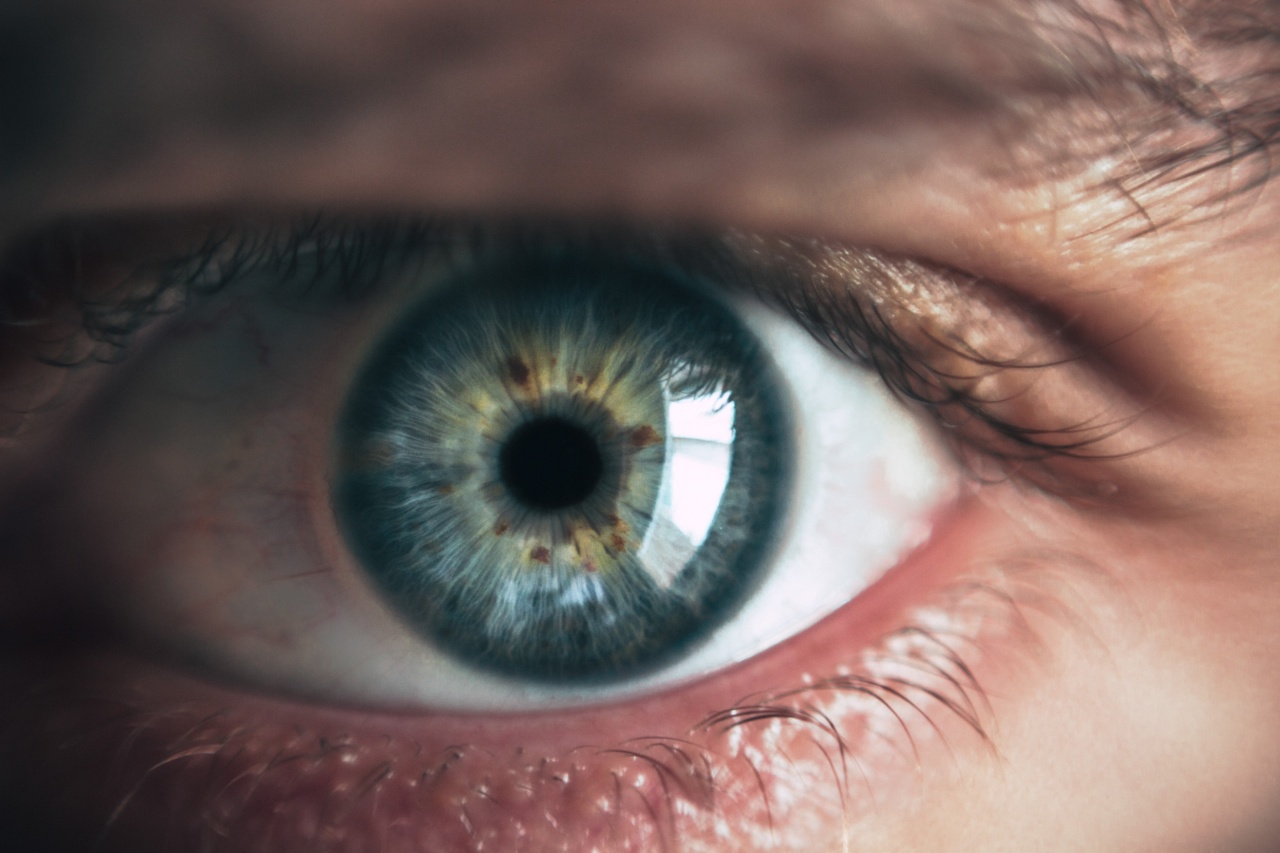Keratoconus is a progressive eye condition that causes the cornea, the transparent front part of the eye, to become misshapen over time. This can lead to a variety of vision problems and may require treatment to maintain clear vision.
Let’s dive deeper into this condition, its causes, symptoms, diagnosis, and available treatment options.
Understanding Keratoconus
Keratoconus is a condition that affects the cornea, the dome-shaped surface that covers the front of the eye. In a healthy eye, the cornea is smooth and evenly curved, allowing light to enter and focus properly onto the retina at the back of the eye.
However, in individuals with keratoconus, the cornea gradually thins and begins to bulge outward, resulting in an irregular cone-like shape. This shape change affects the way light enters the eye, leading to blurry and distorted vision.
Causes and Risk Factors
The exact cause of keratoconus is still unknown. However, several factors are believed to contribute to its development. These include:.
- Genetics: Keratoconus tends to run in families, suggesting a genetic predisposition to the condition.
- Weak Corneal Structure: Some individuals may have inherently weak corneal tissue, making them more prone to keratoconus.
- Eye Rubbing: Constant and vigorous eye rubbing can irritate and weaken the cornea, potentially leading to keratoconus.
- Chronic Eye Irritation: Conditions such as chronic eye inflammation or allergies can also increase the risk of developing keratoconus.
Signs and Symptoms
Keratoconus often begins during adolescence or early adulthood. The progression of the condition can vary from person to person, with some experiencing rapid changes while others have a more gradual progression.
Common signs and symptoms of keratoconus include:.
- Blurred or distorted vision
- Increased sensitivity to light and glare
- Frequent changes in eyeglass or contact lens prescriptions
- Difficulty driving, especially at night
- Eye strain and discomfort
- Seeing halos or ghost images around light sources
Diagnosis
If you experience any of the above symptoms, it is crucial to visit an eye care professional for a comprehensive eye examination. During the examination, the following tests and evaluations may be performed to diagnose keratoconus:.
- Visual Acuity Test: Measures the sharpness of your vision at various distances.
- Refraction Test: Determines the exact prescription you need for clear vision.
- Corneal Topography: Creates a detailed map of the cornea’s shape and curvature.
- Slit-Lamp Examination: Allows the doctor to examine the cornea’s surface under high magnification.
- Pachymetry: Measures the thickness of the cornea.
Treatment Options
While there is no known cure for keratoconus, several treatment options can help manage its symptoms and improve visual clarity. The choice of treatment depends on the severity of the condition and individual circumstances.
Here are some common treatment options:.
1. Eyeglasses
In the early stages of keratoconus, eyeglasses may provide sufficient vision correction. Specialized lenses, such as rigid gas permeable (RGP) lenses, can be designed to compensate for the cornea’s irregular shape.
2. Contact Lenses
Contact lenses, particularly RGP lenses or scleral lenses, are often the preferred choice for individuals with moderate to advanced keratoconus.
These lenses vault over the misshapen cornea, creating a smoother and more regular refractive surface for clearer vision.
3. Corneal Cross-Linking (CXL)
Corneal cross-linking is a minimally invasive procedure that aims to strengthen the cornea and halt the progression of keratoconus.
During the procedure, a special ultraviolet light is used to activate riboflavin eye drops that are applied to the cornea. This strengthens the collagen fibers within the cornea and provides additional stability.
4. Intrastromal Corneal Ring Segments (ICRS)
ICRS, also known as corneal inserts or corneal implants, are small plastic devices that are surgically inserted into the cornea to reshape it and improve visual quality. These segments help flatten the cornea, reducing its irregular cone-like shape.
5. Corneal Transplant
For severe cases of keratoconus where other treatments have been ineffective, a corneal transplant may be necessary. During this procedure, the damaged cornea is replaced with a healthy donor cornea.
Corneal transplants are typically successful, but they involve a more extended recovery period and have a more extensive risk profile compared to other treatment options.
Living with Keratoconus
Individuals living with keratoconus may face unique challenges in their daily lives. However, with proper management and care, it is possible to maintain good vision and quality of life. Here are some tips for living with keratoconus:.
- Follow your eye care professional’s instructions regarding contact lens or eyeglass wear.
- Protect your eyes from excessive UV exposure by wearing sunglasses with UV protection.
- Avoid rubbing your eyes vigorously, as this can further weaken the cornea.
- Stay updated with regular eye exams to monitor the progression of keratoconus.
- Join support groups or seek counseling to connect with others facing similar challenges.
Conclusion
Keratoconus is a progressive eye condition that causes the cornea to become misshapen, resulting in vision problems.
While the exact cause is unknown, genetic factors, weak corneal structure, eye rubbing, and chronic eye irritation are believed to play a role. Timely diagnosis and appropriate treatment can help manage the symptoms and ensure clear vision.
If you suspect you may have keratoconus, consult an eye care professional who will provide you with a comprehensive evaluation and personalized treatment options.































